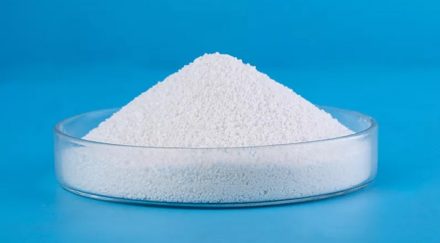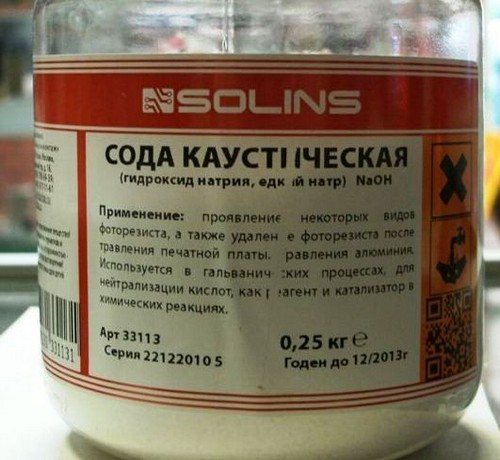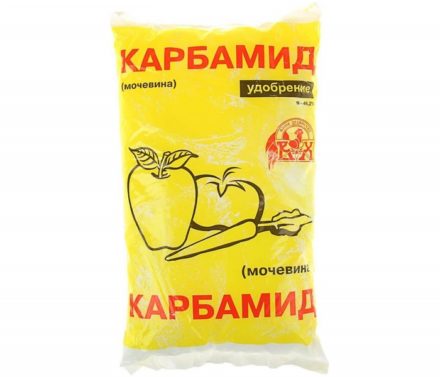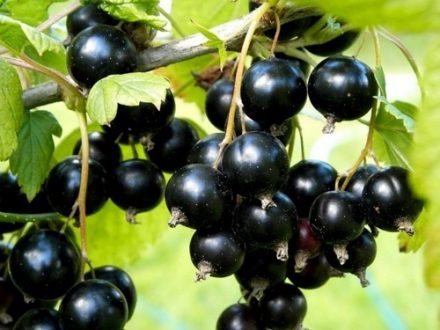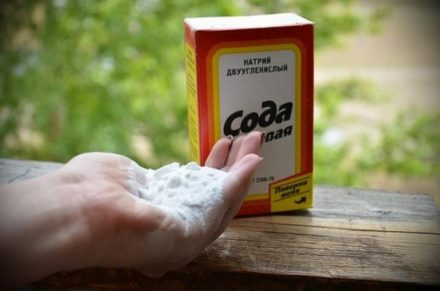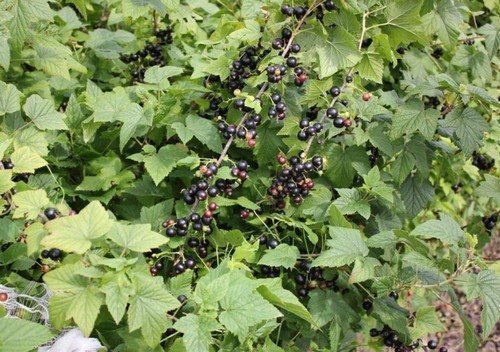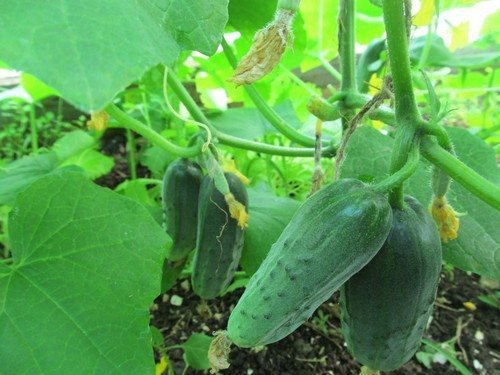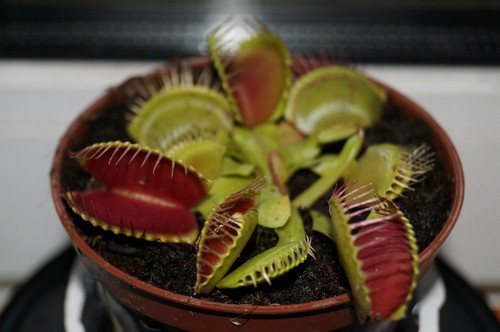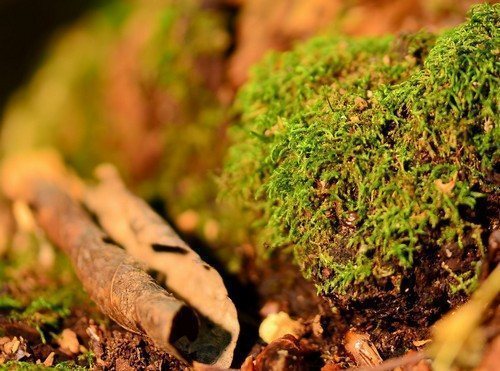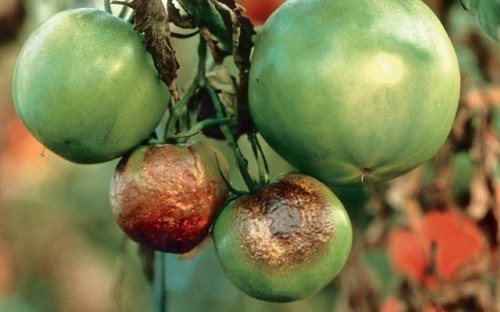Specialized stores offer a wide range of pest and plant disease control products. However, not all of them are safe; in some cases, such products can harm nature and human health. Don't forget about a more budget-friendly and harmless option - baking soda. It is as effective as some branded products.
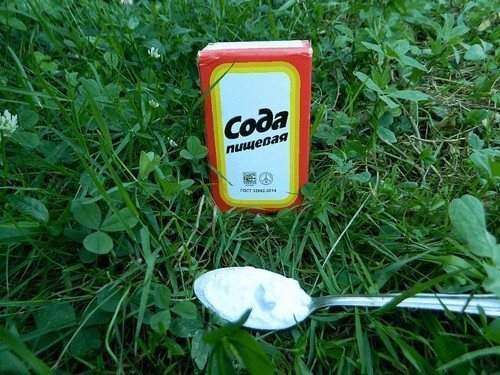
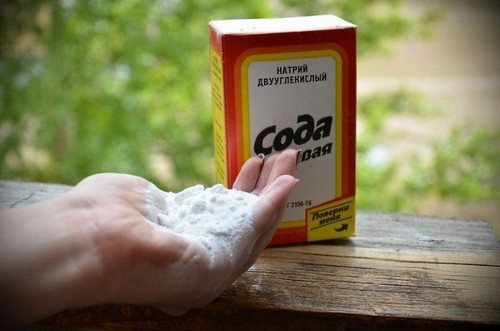
When using baking soda, you should adhere to some rules:
- do not use metal or aluminum containers to dilute the solution;
- dissolve soda only in clean water;
- the prepared solution should be used in the first three hours;
- You can heat the soda solution no higher than 50 degrees, since at high temperatures it loses its beneficial qualities.
How to use baking soda in your garden
- Powdery mildew. Soda can replace high-priced fungicides and quickly rid currant, gooseberry, and raspberry bushes of powdery mildew. The solution will require 10 liters of water and 4 tablespoons of powder. Spray the affected areas with the resulting mixture; for greater effectiveness, the process should be repeated once every seven days.
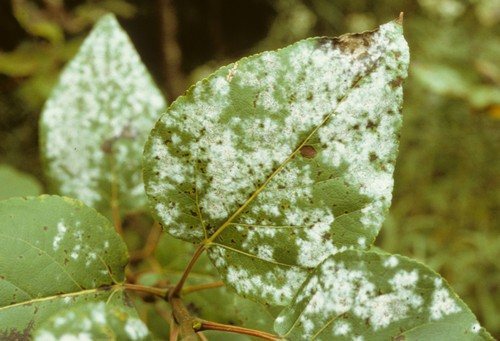
- Caterpillars. Every gardener has struggled with these insects, but do not forget that they later turn into beautiful butterflies, so you should not deprive nature of its beauty. You just need to make sure they don't like your cabbage. To do this, mix flour and baking soda in equal parts and sprinkle the cabbage and soil around it.
- Rejuvenation of roses.To make the rose bush pleasing to the eye, it must be rejuvenated every year with a soda solution. For 10 liters of water you will need 2 tablespoons of soda and 1 teaspoon of ammonia. Treat the bushes with the resulting solution using a spray bottle.
- Soda can act as a fertilizer for tomatoes. It will improve the quality of the fruit and protect against many diseases. This feeding can be internal or external and should be done every 7-10 days. For external treatment, a 0.5% soda solution is prepared; for root bait, the concentration is tripled.
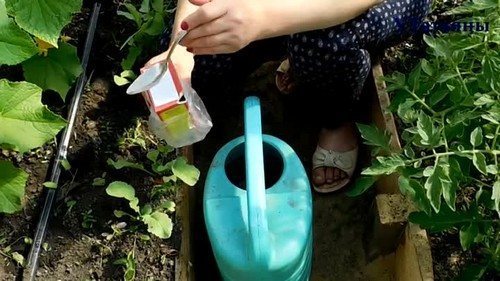
- Aphids are parasites that attack fruit, flower, and vegetable crops. For preventive measures, dilute a solution of finely chopped laundry soap, 10 liters of clean water and one tablespoon of soda. If insects have already conquered your area, dilute 1 teaspoon of baking soda per liter of water.
- Increased soil pH is a common problem that worries gardeners. If the acidity of the soil exceeds the norm, then no bait or fertilizer can help grow a good harvest. To balance the composition of the soil, prepare a solution: 1 liter of water and 100 g of soda. Water the beds with the prepared solution. Every other day, loosen the soil with a rake.
- Many plants are damaged by fungal diseases. For example, mosses and lichens on tree trunks are also fungi. Soda solution also effectively fights them. Add 5 tablespoons of soda to a bucket of clean water and treat the areas in need.
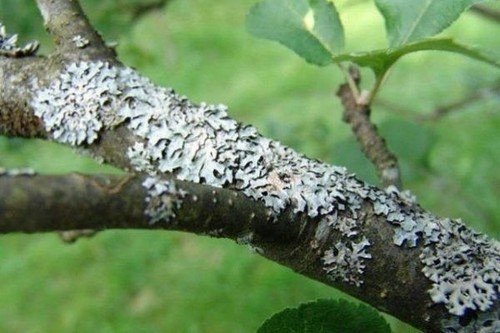
- Many gardeners landscape their plots and lay out paths from slabs. But after a while they encounter the problem of weeds that crawl out between the slabs. It is difficult to remove them by hand; the same soda will help you cope with this ugly picture.Add half a kilogram of soda to a bucket of water and water the areas with weeds. After a while the grass will dry out.
- Every year, summer residents, cleaning up their plots, burn branches and excess garbage. To prevent the fire from spreading, make a blanket of baking soda powder around the fire.
- Soda can get rid of unpleasant odors in the area from the compost pit and outdoor toilet. To do this, you just need to periodically sprinkle these areas.
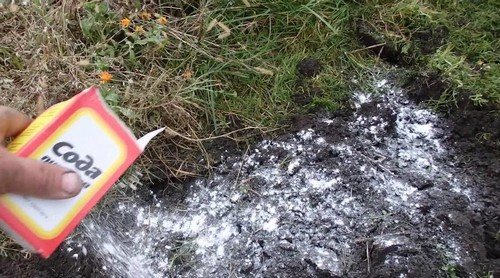
In addition to all of the above, you can wash your hands with soda after working in the garden. The main advantage of baking soda is its availability and harmlessness.


